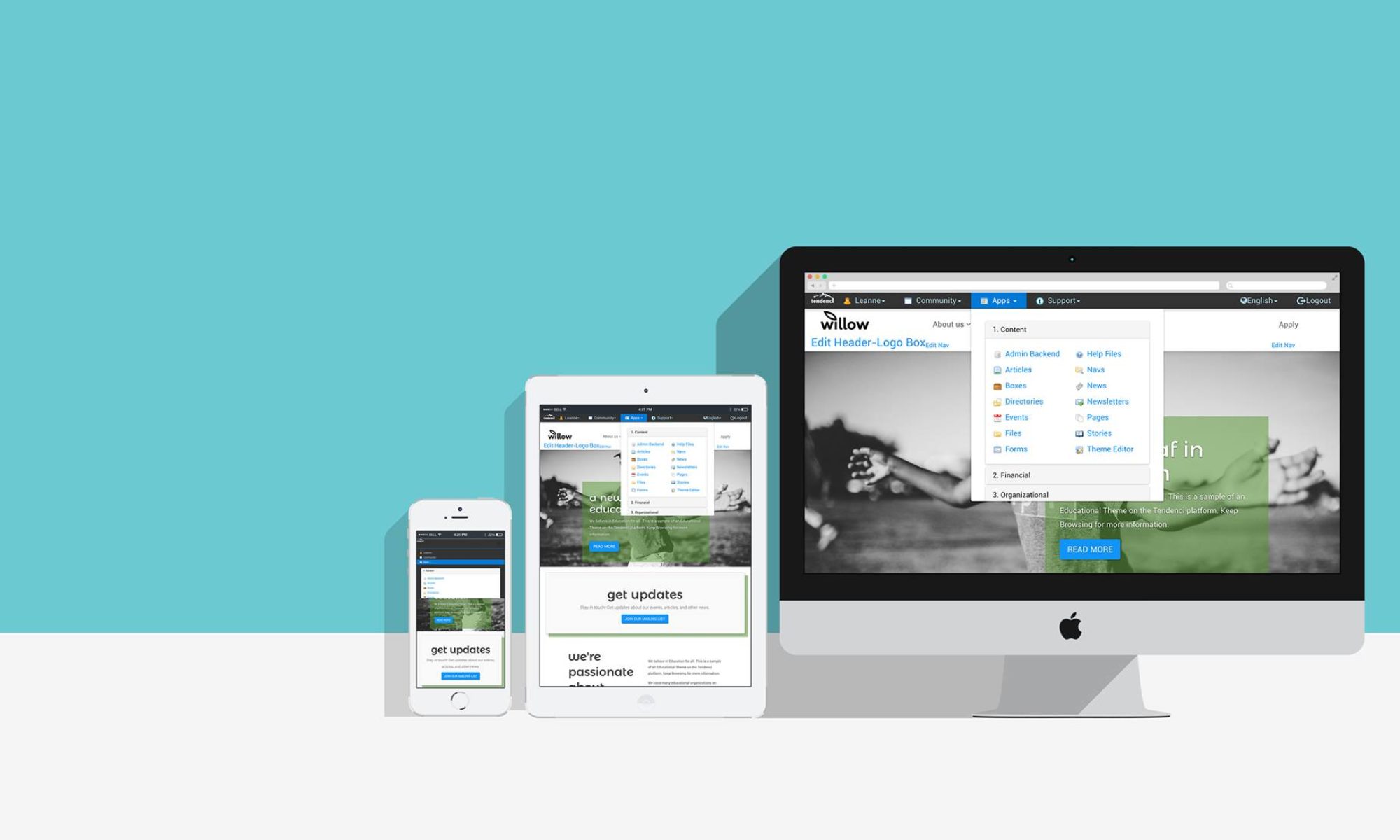Summer is here and along with it high airfare prices, leaving many families opting to drive to their next vacation spot. We all know to drive safely but sometimes situations like flat tires, bad weather, and sick children are out of our control. The first step to ensuring safety on your next get-a-way is to plan. Having the resources and planning to deal with the unexpected is the best way to protect you and your family and most importantly, to get back to the reason you’re traveling, vacation! There are 5 simple tips to keep in mind while traveling. The linked text will take you to a “how-to” page describing the mentioned action.
1. Check Your Car
The first step and arguably the most important is to make sure you car can safely drive to your destination. This includes tire pressure, engine oil, wipers and wiper fluid, battery, and radiator coolant. This is especially important if you have an older car. Even if you drive your car everyday and it seems to run fine, it might not be able to handle the distance of a road trip.
2. Bring an Emergency Car Kit
 If you failed to follow rule #1 or something unexpected like a flat tire occurred, it’s vital you have emergency car kit on board. Like a first-aid kit for your car, this could save you in desperate situations. Tools to include are:
If you failed to follow rule #1 or something unexpected like a flat tire occurred, it’s vital you have emergency car kit on board. Like a first-aid kit for your car, this could save you in desperate situations. Tools to include are:
– Duct Tape: Can temporarily fix a broken window wiper, hold glass together, mend a broken hose, etc….
– Tools: Wrench, Screwdriver, pliers, and a socket wrench.
– Booster Cables: To jump a dead battery
– Emergency Flashlight/Flares: To see around at night, and attract help.
3. First Aid Kit
 If your car was damaged or broken down, there is a good chance you will have to wait sometime before help arrives, especially on road trips where help is hundreds of miles away. If you are driving with multiple people, like children, safety should be the first priority. It’s is important to have an adequate first-aid kit on hand to help if there are any injuries. Bandages, antibiotic cream, aspirin, ice-packs, alcohol wipes, and a first aid instruction book, are some basic materials you should have.
If your car was damaged or broken down, there is a good chance you will have to wait sometime before help arrives, especially on road trips where help is hundreds of miles away. If you are driving with multiple people, like children, safety should be the first priority. It’s is important to have an adequate first-aid kit on hand to help if there are any injuries. Bandages, antibiotic cream, aspirin, ice-packs, alcohol wipes, and a first aid instruction book, are some basic materials you should have.
4. Don’t Just Pack a Picnic
 Just because you brought road snacks doesn’t mean you can survive off them for several days. Many people will bring food that goes bad if not kept in ice, and during the summer the heat will turn these foods stale quickly. Snacks like trail mix are good but you can’t assume you are prepared because you have some food.
Just because you brought road snacks doesn’t mean you can survive off them for several days. Many people will bring food that goes bad if not kept in ice, and during the summer the heat will turn these foods stale quickly. Snacks like trail mix are good but you can’t assume you are prepared because you have some food.
– Naturally, the first thing you will think of is water. It is important to have back up jugs or bladders of water at about a 3 gallon per person per day ratio.
– Energy Bars: powerbars, granola bars, and my personal favorite, cliff bars.
– Dehydrated food: While they might not be consumed at all during your trip, these meals can easily be made on a pinch, and are light/small enough to be packed into your trunk.
*Emergency food/water you pack should be considered off limits unless of an emergency. If you include the food you plan on eating with your emergency food, you won’t have nearly enough food to survive for multiple days.
5. Know the Road
 Do you know multiple ways to get to your vacation? With construction and traffic you might be forced to take an alternate path. Make sure you plan your trip through Google Maps and bring an atlas, so in case you can’t get internet, you have a back up copy. Also make sure you know the nearest town/city to find help at all times during the trip. This doesn’t have to be a boring task, plan your route with the intention of seeing cool sites and having fun but always be aware of your surroundings.
Do you know multiple ways to get to your vacation? With construction and traffic you might be forced to take an alternate path. Make sure you plan your trip through Google Maps and bring an atlas, so in case you can’t get internet, you have a back up copy. Also make sure you know the nearest town/city to find help at all times during the trip. This doesn’t have to be a boring task, plan your route with the intention of seeing cool sites and having fun but always be aware of your surroundings.

